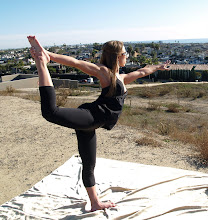The first part of determining your AMR is identifying your current physical activity level. Which of the following options sounds most like you?
a. Sedentary Physical Activity Level
Do you have a desk job or do some other kind of work that keeps you in your chair for most of the day? If the answer is yes, your score is 1.1.
b. Light Physical Activity Level
Are you on your feet and walking around for at least half the day? Stay-at-home moms, salespeople, and doctors fall into this category. If this is you, your score is 1.2.
c. Moderate Physical Activity Level
If you're on the move pretty much all day, with a few limited periods of being sedentary, this is the level for you. People in this category include gardeners, carpenters, and mail carriers. If you're in this category, your score is 1.3.
d. High Physical Activity Level
Does your job require being constantly on the move, and does it entail significant amounts of manual labor? Construction workers, farm workers, and movers are among those who land in this category. If you're in this group, your score is 1.4.
Another element you need to calculate your total AMR is the number of calories you burn from exercise on an average day. The number of calories you burn during any exercise session depends on a few things, primarily your body weight. Here is a link for WebMD.com's Fit-O-Meter:
http://www.webmd.com/diet/healthtool-fitness-calorie-counterNow you have your BMR, your daily activity score, and your exercise expenditure. Simply multiply your BMR by your daily activity score, and then add your exercise expenditure.
(BMR x daily activity score) + exercise expenditure = estimated AMR
Whatever you get from this final calculation is your Active Metabolic Rate.
